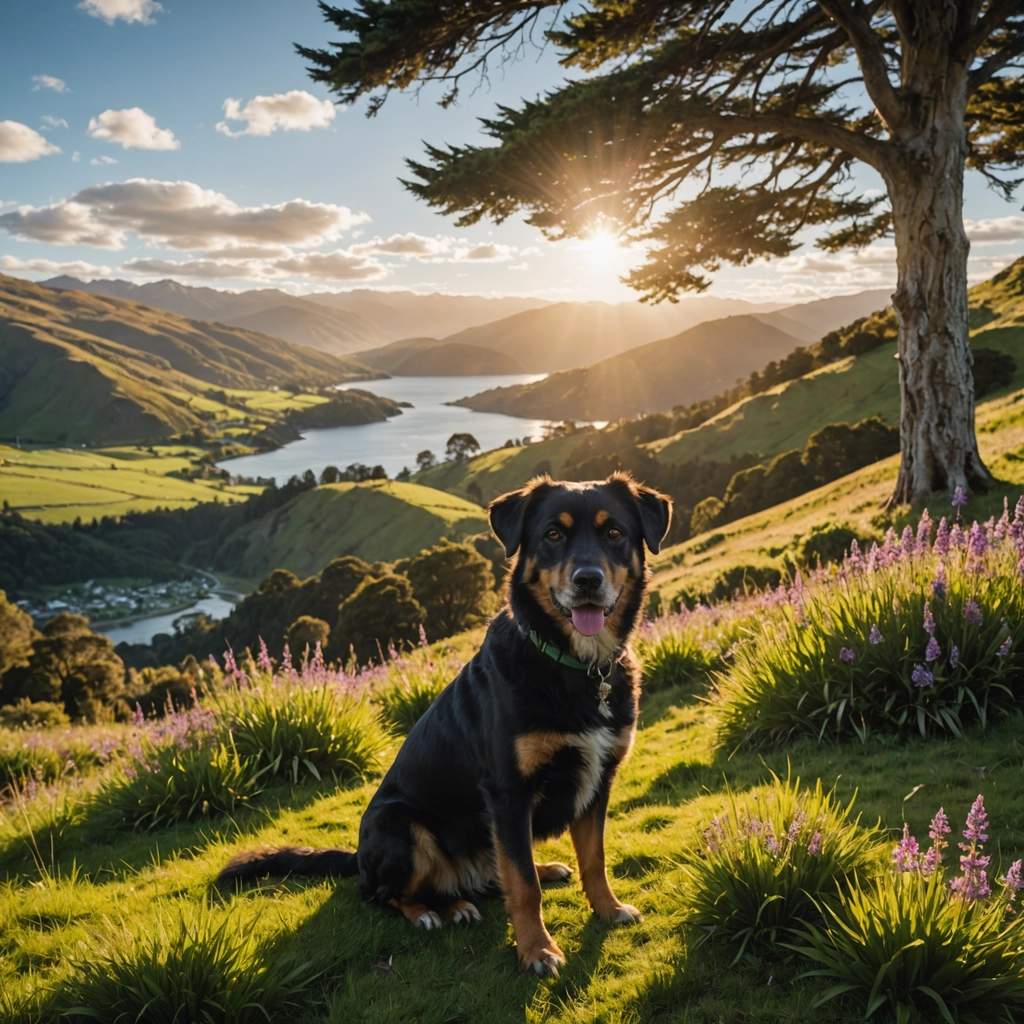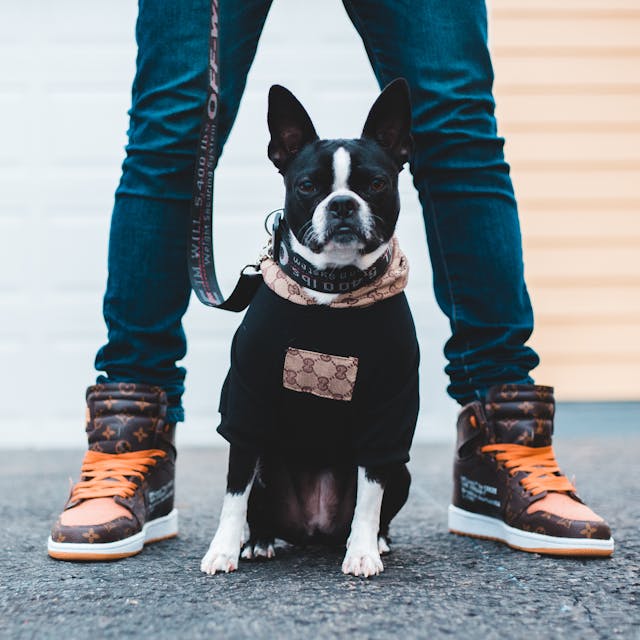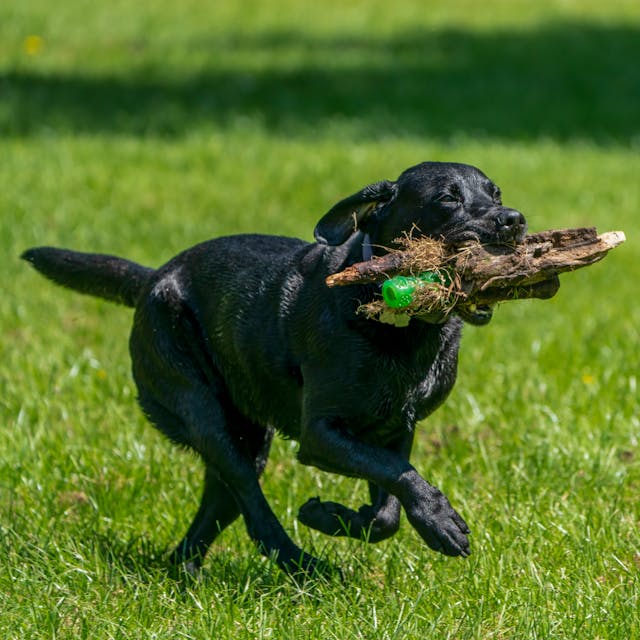When it comes to dog training, one skill stands above all others — engagement.
Engagement is more than obedience; it’s the spark of connection where your dog wants to focus on you, listen, and work together because they trust and enjoy the process.
Whether you’re teaching a puppy or an older dog, engagement lays the foundation for everything else — obedience, calmness, confidence, and consistency. Without engagement, training feels like a battle. With it, training becomes a partnership.
In this guide, I’ll share how to build engagement step-by-step, using the same principles we teach inside the Good Dog Training Academy — from marking eye contact to increasing motivation in any environment.
Engagement is when your dog chooses to focus on you. They’re tuned in — eyes up, ears open, tail relaxed, and mind present. It’s not forced attention or bribery; it’s voluntary communication.
A truly engaged dog doesn’t just respond to cues — they actively seek connection. That’s when training becomes effortless, calm, and enjoyable for both of you.
Most training problems — pulling, ignoring, anxiety, slow responses — trace back to poor engagement.
A disengaged dog is distracted, frustrated, or fearful, which means they’re not ready to learn.
But when your dog is engaged, they:
Before teaching any new command, make sure engagement comes first. It’s the foundation everything else builds on.
Before starting any training, give your dog a chance to settle into their surroundings.
Let them sniff, walk around, and get comfortable. Dogs explore the world through their noses — rushing them into training too soon can lead to frustration or nervousness.
Trainer Tip: The more comfortable your dog feels in a new environment, the easier it is to gain their focus.
Once they’ve explored, they’ll be mentally ready to connect with you.

Now, simply wait. Watch for the moment your dog looks up at you — even for half a second — and mark that moment with “Yes!” or “Good.”
You’re teaching your dog that eye contact earns reward and praise.
Start small: 1–2 seconds of focus is plenty. Gradually increase duration over time.
Use your markers consistently:
This clear feedback builds trust and speeds up learning.

After marking focus, immediately reward with food, praise, or play.
But here’s the secret — don’t let your dog fixate on the treat. Wait for them to look back at you before marking again. That shift teaches them that you are the source of good things, not the food itself.
Over time, this transforms a food-driven dog into a handler-focused dog.

Once your dog can hold eye contact for a few seconds, slowly extend that time before rewarding.
Move from 2 seconds to 5, 10, and beyond.
This builds mental stamina — your dog learns patience and focus even in distractions.
💡 Remember: If your dog breaks focus, lower your expectations temporarily. Training is a game of progress, not perfection.

Don’t limit engagement training to your living room.
Practice in the backyard, at the park, or during walks. Each new environment adds natural distractions — this helps generalize engagement and teaches your dog to focus anywhere.
Start easy, then increase difficulty gradually:
This way, your dog learns to choose focus regardless of what’s going on around them.

Paragraph – Suspendisse feugiat. Curabitur nisi. Suspendisse eu ligula. Nullam sagittis. Sed aliquam ultrices m auris. Praesent nonummy mi in odio. Praesent ac massa at ligula laoreet iaculis. Pellentesque egestas, neque sit amet convallis pulvinar, justo nulla eleifend augue, ac auctor orci leo non est. Sed aliquam ultrices mauris. Sed consequat, leo eget bibendum sodales, augue velit cursus nunc, quis gravida magna mi a libero.
Movement activates a dog’s prey and play drive — great tools for boosting engagement.
After marking focus (“Yes!”), take a few quick backward steps and encourage them to follow. This keeps energy high and strengthens their desire to stay connected with you.
⚠️ Trainer Note: Avoid using this with nervous dogs — movement can heighten anxiety. For confident dogs, it’s a great way to inject enthusiasm and drive.

If your dog jumps, snaps for food, or loses control, simply pause. Remove access to the reward and wait for calm focus before continuing.
You’re teaching self-control — calm focus = reward; chaos = nothing.
Over time, this clarity builds a polite, patient dog who looks to you for cues rather than acting impulsively.
Once your dog naturally engages, you can put it on command. Use a cue like “Look” or “Focus” to signal eye contact. Over time, your dog learns that “Focus” means stop, tune in, and connect with you — no matter where you are.
Start using it in daily routines:
Before crossing a road
When visitors arrive
Before opening doors
Before letting them off-leash
You’re teaching your dog that engagement unlocks access to what they want — freedom, food, play, or praise.
Even the best-trained dogs have off days. When engagement dips, use short motivation drills:
Mark and reward quick glances
Add playful backward steps
Vary reward types (food, toy, praise)
Keep sessions short and upbeat
The goal is to make engagement the most rewarding behaviour your dog knows.
Challenge | Solution |
|---|---|
| Dog gets distracted easily | Lower distractions, shorten sessions, raise reward value |
| Dog only focuses for food | Fade the food lure; reward after voluntary focus |
| Dog gets nervous in new places | Start in quiet zones, gradually increase exposure |
| Dog loses interest halfway | Add movement or play; change the energy and pace |
When you prioritise engagement, everything in training improves:
Commands become effortless
Behaviour becomes reliable
Your bond becomes stronger
Your dog enjoys working with you
A truly engaged dog doesn’t obey out of pressure — they respond out of connection.
Start your journey today with professional guidance that gets real results.
Start Your Dog Off on the Right Track with Good Dog Training.
Your initial consultation is the first step to a lifelong partnership with a well-behaved, confident, and connected dog.